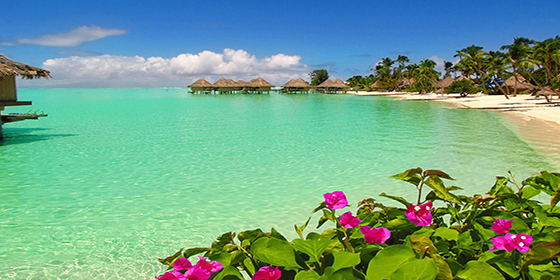Micro-teaching: Amazing beaches

Objective:
Students will learn about different beaches and recognize the vocabulary necessary to talk about what's in there.
Materials:
- Pictures of various beaches
- sound of the sea
- A small sandbox or a tray of sand
- Toy beach items (small bucket, spade, toy fish, etc.)
- Seashells (real or plastic)
- A simple beach-themed storybook
- A large sheet of paper and markers
Language:
- Vocabulary: beach, sand, sea, waves, shells, sun, swim, play
- Simple sentences structure: "The beach has sand." "I see the sea." "I can play at the beach."
Warm up (2 minutes)
I Played de sound of the beach and allows them to listen and then I asked them what can they hear. They answered the "sea" or "ocean". Asks where it is?. Answers the beach and then I told them: today, we're going to learn about a very special place called the beach. Can you say 'beach'?"
Show pictures
I activate prior knowledge by displayed pictures of different beaches on a board and asked about what they know about them after p Pointed the pictures and said, "This is a beach. Can you see the sand? Can you see the sea?" Have the students repeat the words "sand" and "sea."
Presentation (5 minutes)
Answered to the question: What is a beach? "A beach is where the land meets the sea. It has lots of sand. Some beaches have big waves, and some have small waves."
I Introduced new vocabulary words by showing pictures and real objects:
- Sand: I showed a picture and a tray of sand.
- Sea: I showed a picture of the sea.
- Waves: I showed a picture of waves.
- Shells: I Passed around some seashells for students to touch and see.
Repeat After Me: Have students repeat each word after you. "Sand," "sea," "waves," "shells."
First interaction assignment (6 minutes)
Sandbox Play: I Had a small sandbox of sand in the classroom. I let the students take turns using the toy beach items to dig in the sand and pretend they are at the beach. Use the new vocabulary: "This is sand." "I dig in the sand."
Simple Sentences: I Modeled simple sentences and had students repeat: "The beach has sand." "I see the sea." "I can play at the beach."
Story Time (15 minutes)
I read a simple beach storybook to the class. I Pointed to pictures in the book and asked for predictions and questions were made: "What is this?" (sand), "What is he doing?" (swimming). Used simple sentences: "He is swimming in the sea."
Draw a Beach Scene: I gave each student a piece of paper and markers. I Asked them to draw their own beach scene, including things like the sun, sea, sand, and any fun activities they might enjoy. I Encouraged them to use the new vocabulary in their drawings by sharing their drawing.
Assessment (5 minutes)
True or false activity about beach characteristics, what can we see there and activities.
example: true or false, we can swim at the beach? they answered true.
At the end, I asked what they have learned today, every student said something, after I summarized.

Comments
Post a Comment